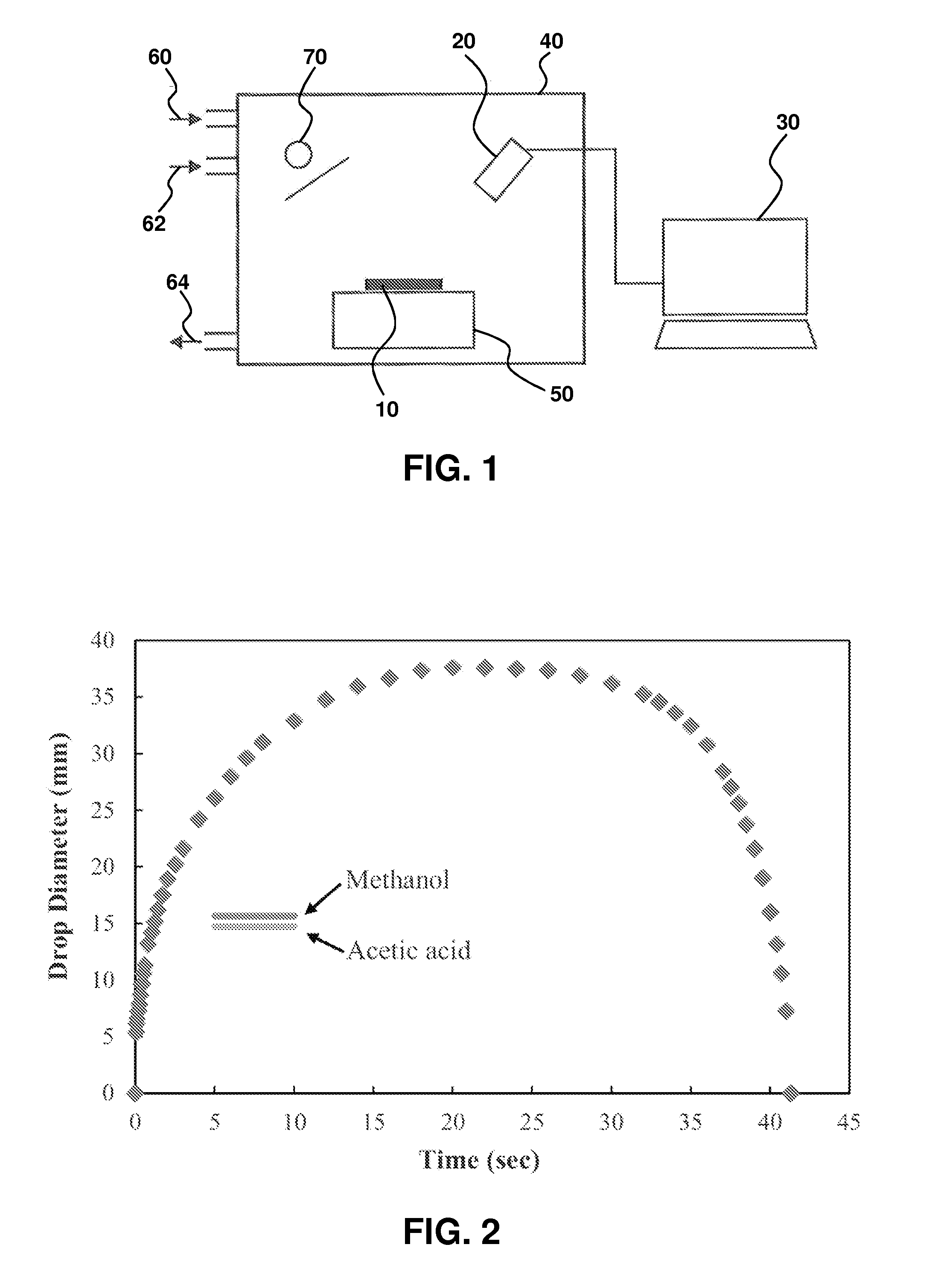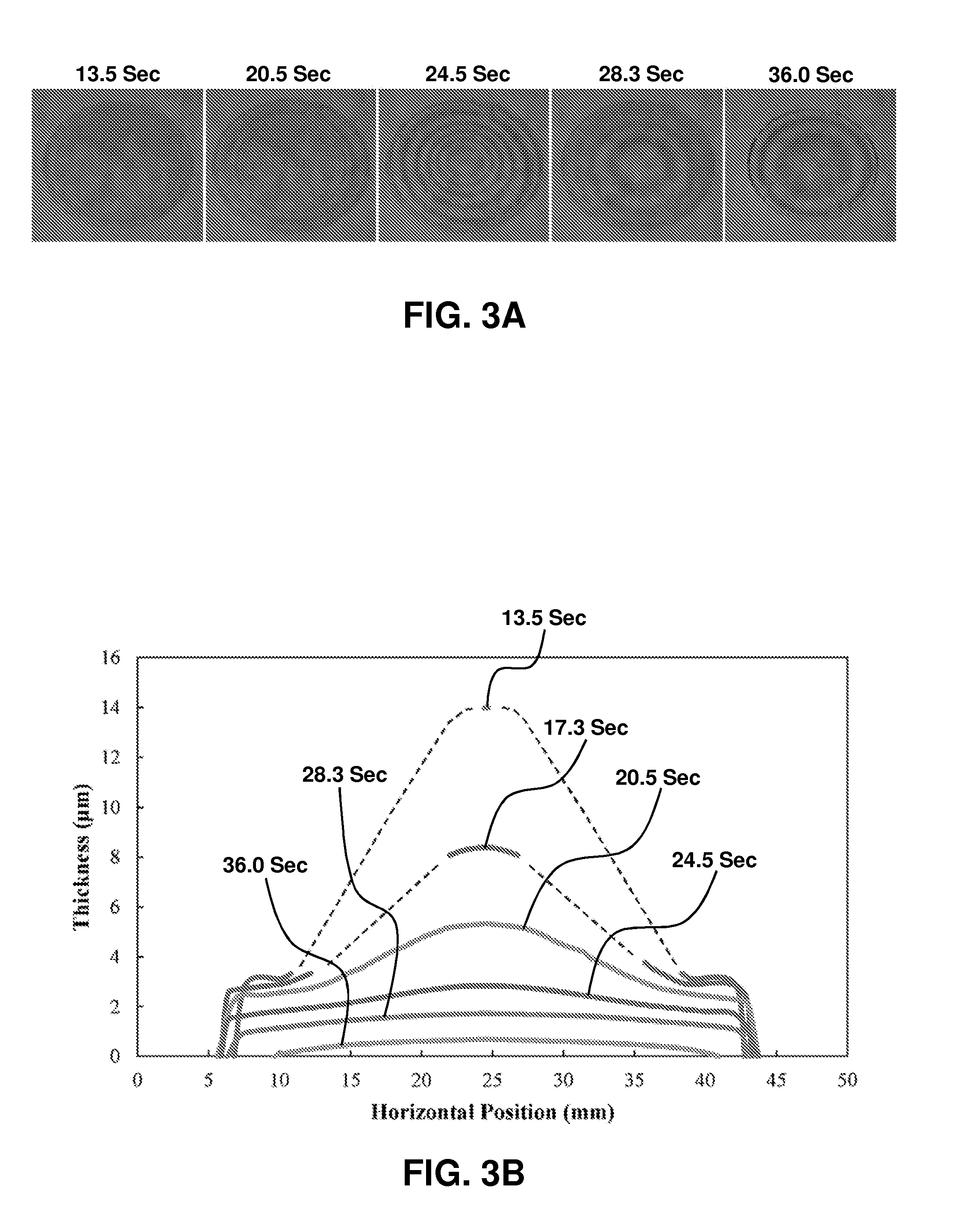Method for guiding cell spreading in automated cytogenetic assays
a cytogenetic assay and cell technology, applied in the field of guiding cell spreading in automated cytogenetic assays, can solve the problems of limiting the full potential of cytogenetic techniques, affecting the automation of the process, and achieving high quality chromosome spread, etc., and achieve the effect of fast changes
- Summary
- Abstract
- Description
- Claims
- Application Information
AI Technical Summary
Benefits of technology
Problems solved by technology
Method used
Image
Examples
example 1
REFERENCES
[0135][1] T. Liehr, A. Weise, A. B. Hamid, X. B. Fan, E. Klein, N. Aust, M. A. K. Othman, K. Mrasek, N. Kosyakova, Multicolor FISH methods in current clinical diagnostics, Expert Rev. Mol. Diagn. 13 (2013) 251-255.
[0136][2] D. A. Ribeiro, Cytogenetic biomonitoring in oral mucosa cells following dental X-ray, Dentomaxillofac. Radiol. 41 (2012) 181-184.
[0137][3] W. G. Li, J. Vijg, Measuring Genome Instability in Aging—A Mini-Review, Gerontology 58 (2012) 129-138.
[0138][4] M. Fenech, Current status, new frontiers and challenges in radiation biodosimetry using cytogenetic, transcriptomic and proteomic technologies, Radiat. Meas. 46 (2011) 737-741.
[0139][5] J. A. Bridge, A. M. Cushman-Vokoun, Molecular Diagnostics of Soft Tissue Tumors, Arch. Pathol. Lab. Med. 135 (2010) 588-601.
[0140][6] J. L. Spurbeck, A. R. Zinsmeister, K. J. Meyer, S. M. Jalal, Dynamics of chromosome spreading, Am. J. Med. Genet. 61(1996) 387-393.
[0141][7] O. Henegariu, N. A. Heerema, L. L. Wright, P. Bray-...
example 2
REFERENCES
[0170][1] W. F. Blakely, C. A. Salter, P. G. S. Prasanna, Early-response biological dosimetry—Recommended countermeasure enhancements for mass-casualty radiological incidents and terrorism, Health Phys. 89 (2005) 494-504.
[0171][2] A. B. Flood, R. J. NicolaIde, E. Demidenko, B. B. Williams, A. Shapiro, A. L. Wiley, H. M. Swartz, A framework for comparative evaluation of dosimetric methods to triage a large population following a radiological event, Radiat. Meas. 46 (2011) 916-922.
[0172][3] E. A. Ainsbury, E. Bakhanova, J. F. Barquinero, M. Brai, V. Chumak, V. Correcher, F. Darroudi, P. Fattibene, G. Gruel, I. Guclu, S. Horn, A. Jaworska, U. Kulka, C. Lindholm, D. Lloyd, A. Longo, M. Marrale, O. M. Gil, U. Oestreicher, J. Pajic, B. Rakic, H. Romm, F. Trompier, I. Veronese, P. Voisin, A. Vral, C. A. Whitehouse, A. Wieser, C. Woda, A. Wojcik, K. Rothkamm, REVIEW OF RETROSPECTIVE DOSIMETRY TECHNIQUES FOR EXTERNAL IONISING RADIATION EXPOSURES, Radiat. Prot. Dosim. 147 (2011) 573...
PUM
 Login to View More
Login to View More Abstract
Description
Claims
Application Information
 Login to View More
Login to View More - R&D
- Intellectual Property
- Life Sciences
- Materials
- Tech Scout
- Unparalleled Data Quality
- Higher Quality Content
- 60% Fewer Hallucinations
Browse by: Latest US Patents, China's latest patents, Technical Efficacy Thesaurus, Application Domain, Technology Topic, Popular Technical Reports.
© 2025 PatSnap. All rights reserved.Legal|Privacy policy|Modern Slavery Act Transparency Statement|Sitemap|About US| Contact US: help@patsnap.com



